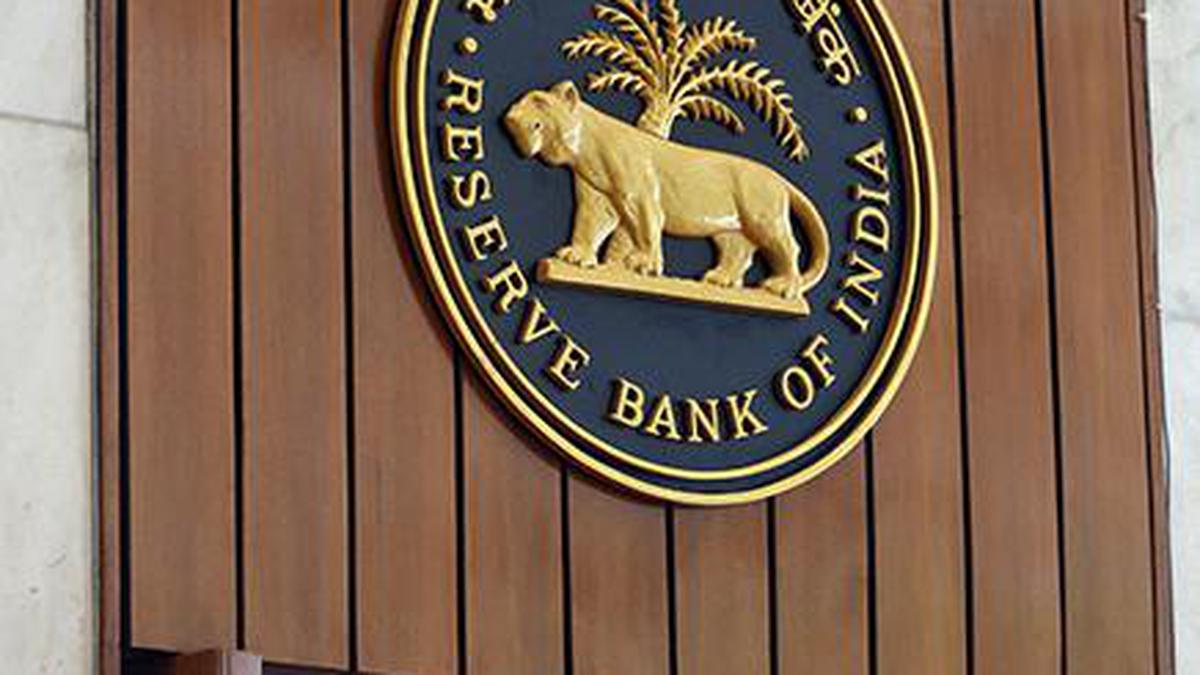RBI report shows credit growth spurs public lenders’ balance sheets to 10-year high in first half of FY23

The Reserve Bank has raised rates aggressively this year to tame inflation.
| Photo Credit: Reuters
Under the backdrop of a highly uncertain global environment caused by globalisation of inflation, energy and food shortages, and synchronised tightening of monetary policy worldwide, the Indian economy was exhibiting signs of a gradual strengthening of the growth momentum, drawing from macroeconomic fundamentals, the Reserve Bank of India (RBI) said in the Report on Trends and Progress of Banking in India 2021-22.
Fuelled by robust credit demand in 2021-22 as also in 2022-23 so far, the consolidated balance sheets of scheduled commercial banks (SCBs) in India registered double-digit growth in 2021-22 after a gap of seven years, led by credit growth, which accelerated to a ten-year high in the first half of this financial year ending March 2023, the RBI said in the report.
Commercial banks may have to raise deposit rates more to meet a surge in credit demand, the central bank added. The Reserve Bank has raised rates aggressively this year to tame inflation. While banks have swiftly transmitted the increases to their lending rates, deposit rates have been laggards for most.
“During 2021-22, as credit growth picked up and deposit growth moderated, the incremental credit-deposit (C-D) ratio reached a four-year high,” the RBI said in its report. Loans of Indian banks rose 17.5% in the two weeks to December 2 from a year earlier, while deposits rose 9.9%, the latest data from the RBI showed earlier in the month.
Also read |Anchoring Prices: On RBI’s rate hike
The capital-to-risk weighted assets ratio (CRAR) of SCBs strengthened from 16.3% at end-March 2021 to 16.8% at end-March 2022, with all banks meeting the regulatory minimum capital requirement of 11.5% as also the common equity tier-1 (CET-1) ratio requirement of 8%.
The asset quality and profitability of SCBs have improved, while low slippages and high capital buffers were reinforcing investor confidence in banks, RBI highlighted in the report.
“The gross non-performing assets (GNPA) ratio of SCBs has been declining sequentially from its peak in 2017-18 to reach 5.8% at end-March 2022, led by lower slippages as well as reduction in outstanding GNPAs,” the RBI said.
An acceleration in income and contraction in expenditure boosted the profitability of SCBs in FY22, measured in terms of return on equity and return on assets, the central bank said in the report.
The financial performance of urban co-operative banks (UCBs) showed improvement in 2021-22, characterised by augmented capital buffers, a decline in the GNPA ratio and improved profitability indicators.
Also, the bottom lines of the non-banking financial company (NBFC) sector improved in 2021-22 with the waning of the COVID-19 pandemic.
“With strong capital buffers, adequate provisions, and sufficient liquidity, NBFCs are poised for expansion. Nevertheless, going forward, NBFCs need to be wary of rising borrowing costs as financial conditions tighten,” the RBI said in the report.
On the regulatory front, scale-based regulation is expected to strengthen NBFCs in step with the growing scope for organic consolidation in the sector.
On the impact of rising interest rates on bank profitability, the RBI said: “In an environment of rising interest rates, an increase in banks’ net interest income can be expected in the near term, reflecting better transmission to lending rates”.
On the other hand, higher yields expose banks to Mark-to-Market losses on their treasury investments, decreasing their non-interest income.
“The impact of rising yields on SCBs’ profitability has been mitigated to some extent by the increase in the limit of SLR securities under the held-to-maturity (HTM) portfolio,” the RBI said.
(With Reuters inputs)
For all the latest business News Click Here

